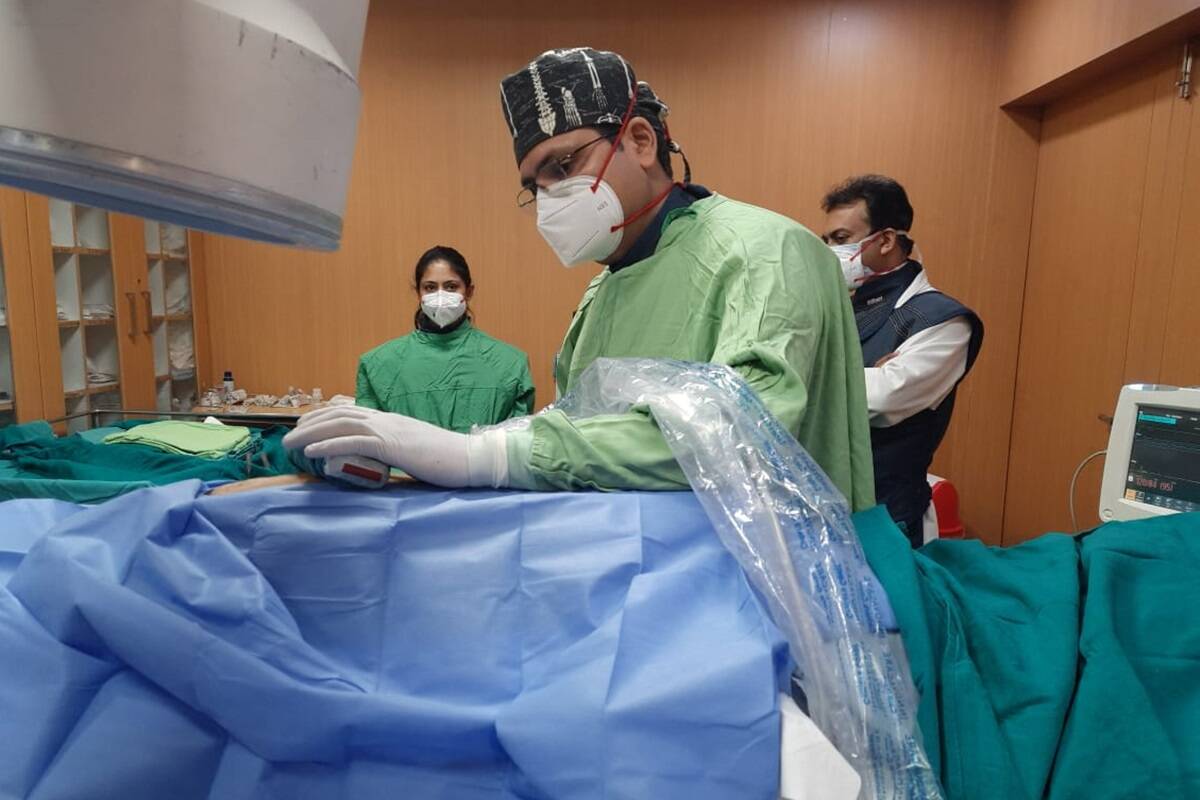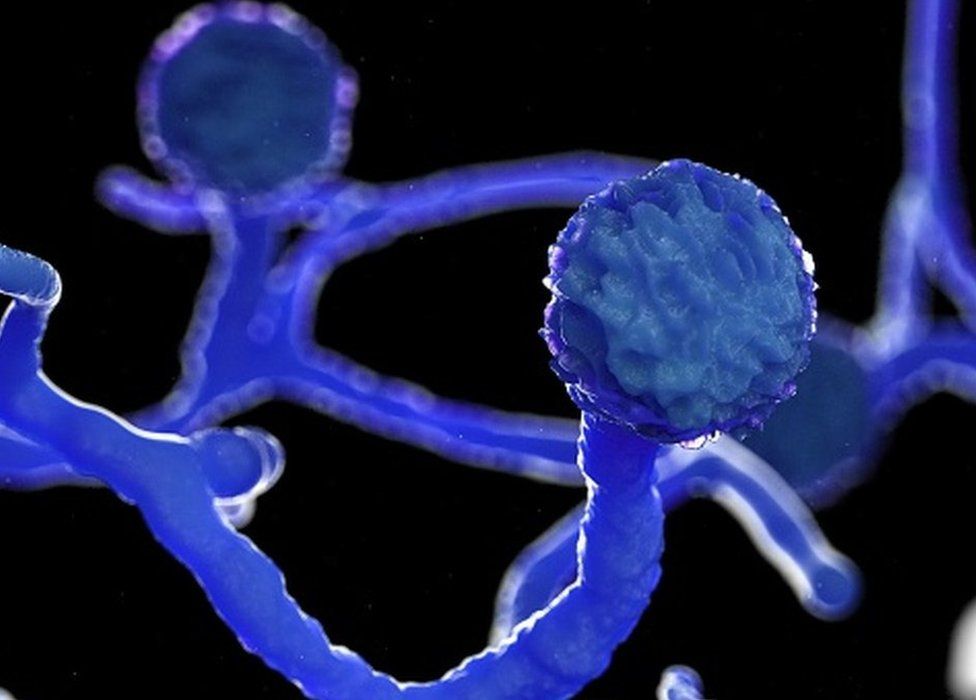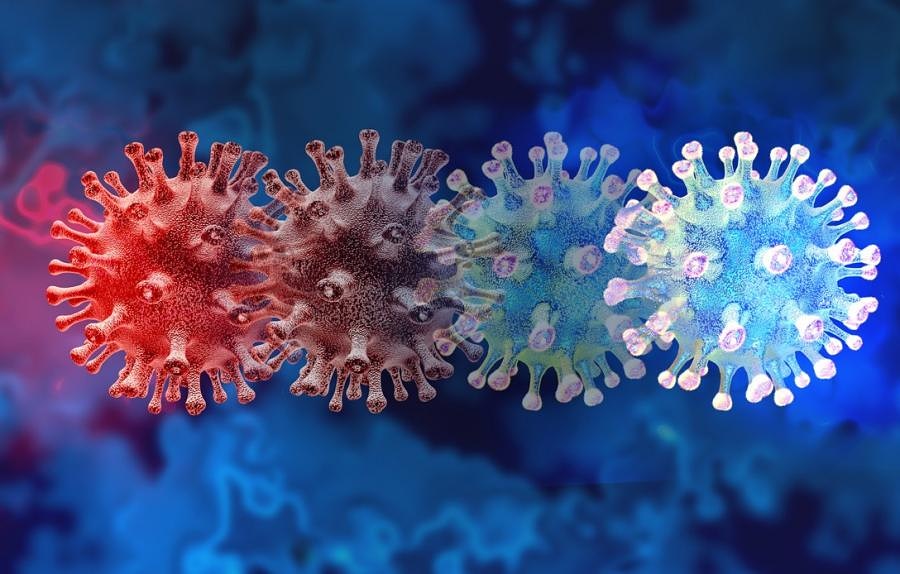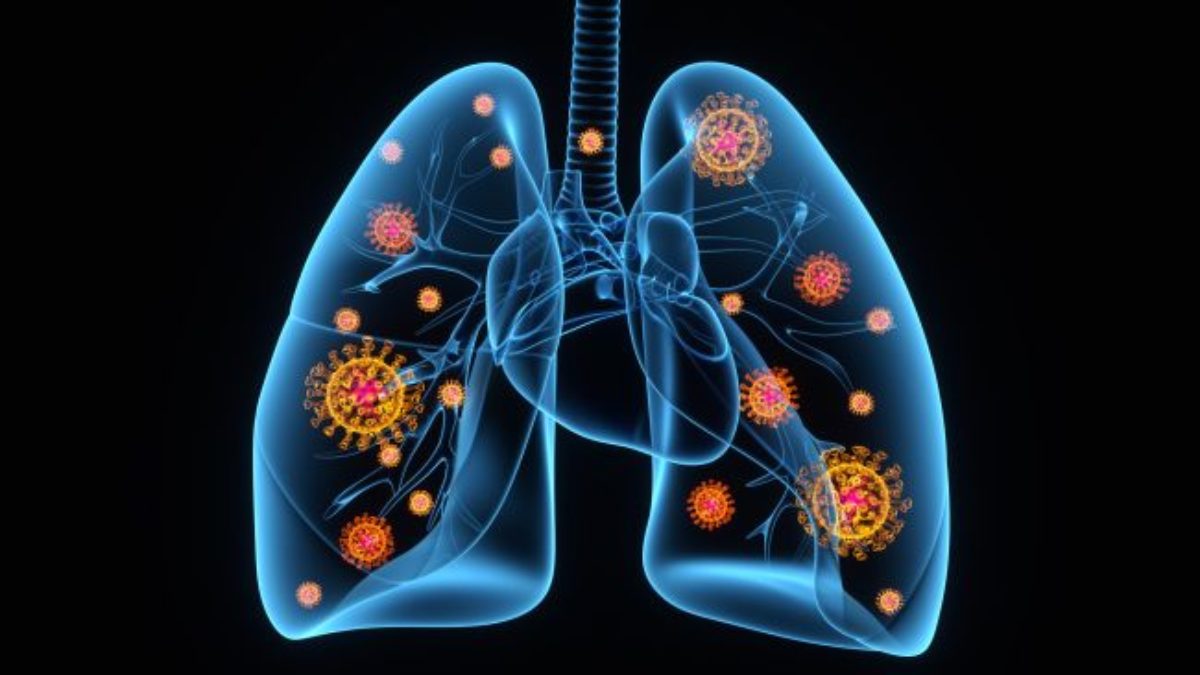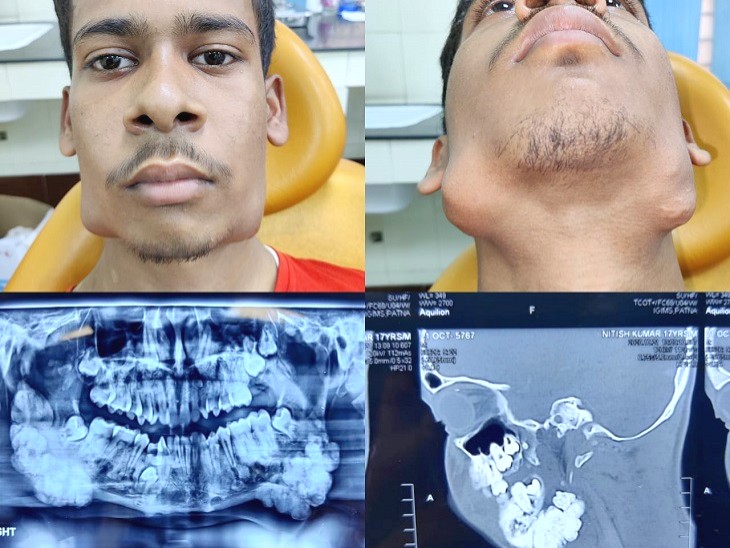In a new and distinct approach to efficacious pain management, doctors at Max Super Speciality Hospital, Saket have begun to employ Cryoablation, a minimally invasive procedure for patients suffering from a wide range of conditions. While the procedure has been in use for other medical purposes, its utility in pain management has only recently come to fore and has proved to be pathbreaking in freezing nerves, to reduce pain.
The word Cryoablation, an amalgam of two words – ‘cryo’ meaning cold and ‘ablation’ can be used for relief in a multitude of pain conditions such as arthritis of the large joints such as the knee, hip, shoulder and sacroiliac joints, cancer pain and nerve pains such as postherpetic neuralgia (common complication of shingles) among many others. Cryoablation can also be extremely useful in young patients with arthritis pain who want to avoid or postpone joint replacement surgery.
Explaining the procedure, Dr. Amod Manocha, Head of Pain Management, Max Hospital, Saket said, “The primary aim of cryoablation is deactivation of nerves transmitting pain signals to the brain. This is achieved by freezing these nerves in a controlled manner to temperatures which can go as low as minus 80 degrees. The procedure is performed using a special probe called cryoprobe, a hollow needle through which the super-cooled gas such as nitrous oxide or carbon dioxide is delivered from a high to low pressure chamber. The probe is guided to the correct location using ultrasound and X-ray guidance. Gas is delivered once the probe is in the correct place. The extremely low temperatures achieved at the tip of the cryoprobe cause formation of an ice ball, which can be visualised with the help of ultrasound. This freezes the nearby nerves and thereby reducing pain. Once the procedure is done, the cryoprobe is removed and the procedure site is covered with a small bandage.”
Talking about the numerous advantages of Cryoablation, Dr Manocha said, “This technology is a minimally invasive pain management alternative which does not require any cuts or incisions and works quickly and can provide lasting pain relief.
With high success rate and hardly any recovery time, this procedure can be used in management of a wide range of pain conditions. The treatment involves a day care procedure with no overnight hospital stay requirement. These are safe procedures without the increased risk of complications and there is no requirement for general anaesthesia. Moreover, less pain post-treatment can translate into improved functional ability and reduced painkiller requirements, as well as reduced disability rates. The treatment can also be easily repeated if required.”
Dr. Manocha, further shared details of the two cases where he successfully put this technology to use. These cases also reflect the wide range of conditions on which cryoablation can prove to be beneficial. He said, “I recently treated a 75-year-old woman who had severe shoulder arthritis and markedly reduced shoulder movements to the extent that even raising hands to drink a glass of tea or eat food was not possible without assistance. Her mobility was limited by other medical problems including Parkinsonism and her recent recovery from COVID-19 infection.
She spent most of her day lying on her back as lying on either side was too painful due to her shoulders and this also led to bed sores. She underwent cryoablation procedure for the shoulder nerves. We selectively targeted freezing the small nerves which carry pain signals from the shoulder joint. Post the procedure her range of hand movements improved, and she is now able to raise a cup of tea to her mouth and drink it on her own. Her ability to lie on her side has also improved and this could help in the healing of her bed sores.”
Commenting on the other case he treated using the same procedure, Dr Manocha added, “A 68-year-old male patient came to us with complaints of severe right-sided chest, abdominal and back pain which had been persisting for two weeks. His pain was like a constant bruised sensation which made lying down to sleep or turning in bed a challenge. A CT scan revealed a large right lung mass invading into the space from which the nerves exit the spine. There were numerous challenges in this case including the patient’s kidney failure and him not being very responsive to usual painkillers. To add to these challenges, the patient became disorientated following a brain stroke, requiring a change in his painkillers to ensure that they do not add to the disorientation and this further aggravated his pain. He underwent cryoablation of the nerves being compressed by the lung mass under local anaesthesia. The procedure selectively targeted the nerves being compressed by the tumour to reduce their ability to transmit pain. After the procedure his pain reduced to a large extent. He went from having severe pain to almost no pain within a span of a few hours and was extremely pleased with this.”
Cryoablation has already gained acceptance as a ground-breaking method in pain relief across the world. Since it does not damage nerve structures permanently, it allows nerve tissues to regenerate gradually with no risk of post-procedural nerve inflammation. The method being safe and minimally invasive is especially recommended when conservative means prove ineffective.

